Final thoughts on the ASR 1 cockpit build. This is part 1 of a 2 part video series on Advanced Sim Racings entry level profile cockpit called the “Build”. Part 2 will be called the “Setup”. This cockpit is constructed from 15 series aluminum profiles. With most of the pieces being 15×15. The wheelbase support uprights are 15×30 units. As is the optional shifter mounts top profile. All profiles arrived and good condition without any dents or noticeable damage. So, the packing process ASR uses is getting the job done. All hardware bits have their own separate heavy plastic bags designated for their place in the build process. All pieces of the cockpit were present in the kit packaging. The assembly is constructed with black corner brackets that have anti-torque tabs in them. These are removable for when you need a flat surface on the bracket during installation. Starting with the base, I was able to go through the whole assembly process without any dramas. A testament to the quality control present
during the packing process at the factory. Included in my kit was 2 different motor mount solutions. The default wheel deck and an optional front motor mount system.
All the black pieces for motor mount duties are made from 1/4″ heavy steel. Except for the front motor mount piece that is made from 1/2 inch or 13 mm aluminum plate.
The pedal tray is a massive steel unit. Made from 1/4 inch steel plate and weighing in at 16lbs 1.5oz. Or, 7.3 Kilograms. Very solid feeling indeed. It uses two front mounted 15 series profiles to provide angle adjustment for your preferred pedal system. There are 4 rubber feet included in the kit. They are your basic garden variety rubbers. So, no leveling feature included here. They do seem to get the job done well enough, though. Overall, I think at the price this kit comes in at, the ASR 1 met my expectations so far. Of course, the real test of a cockpits’ performance comes when we install some sim racing hardware on the frame and test it in real world driving conditions. Which is what I will be doing in part 2 of this 2 part review series called the “Setup”.
ASR 1 Cockpit Review Part 1 “The Build”.
September 24, 2021 7:04 pm
More videos
(Visited 754 times, 1 visits today)
Tags: assetto corsa, bodnar, computer racing, D-BOX, f1, fanatec, forza, gamer, gaming, gran turismo, Heusinkveld, HPP, IMSA, iracing, logitech, momo, motion simulator, nascar, oculus, online racing, PS4, racing, racing pedals, racing seat, racing simulator, racing wheel, RF2, rfactor, scca, shifter, Sim Lab, Sim Racing, sim racing cockpit, sim racing garage, simracing, simulation, simulator, simxperience, sparco, thrustmaster, triple monitor, vr, WEC, XBOX, Xero Play
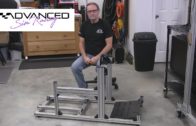
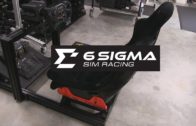
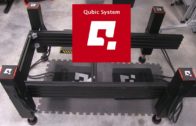
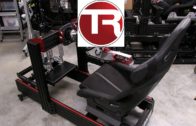
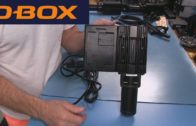
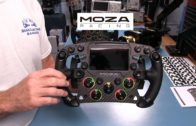

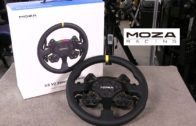
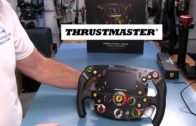
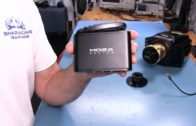

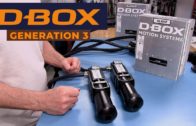
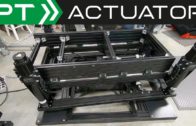
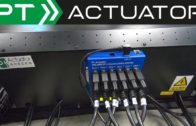
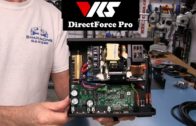

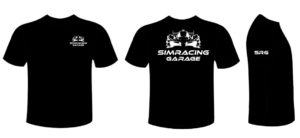
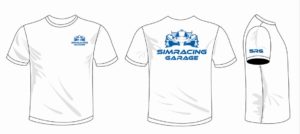
Leave a Reply
Be the First to Comment!
You must be logged in to post a comment.
You must be logged in to post a comment.